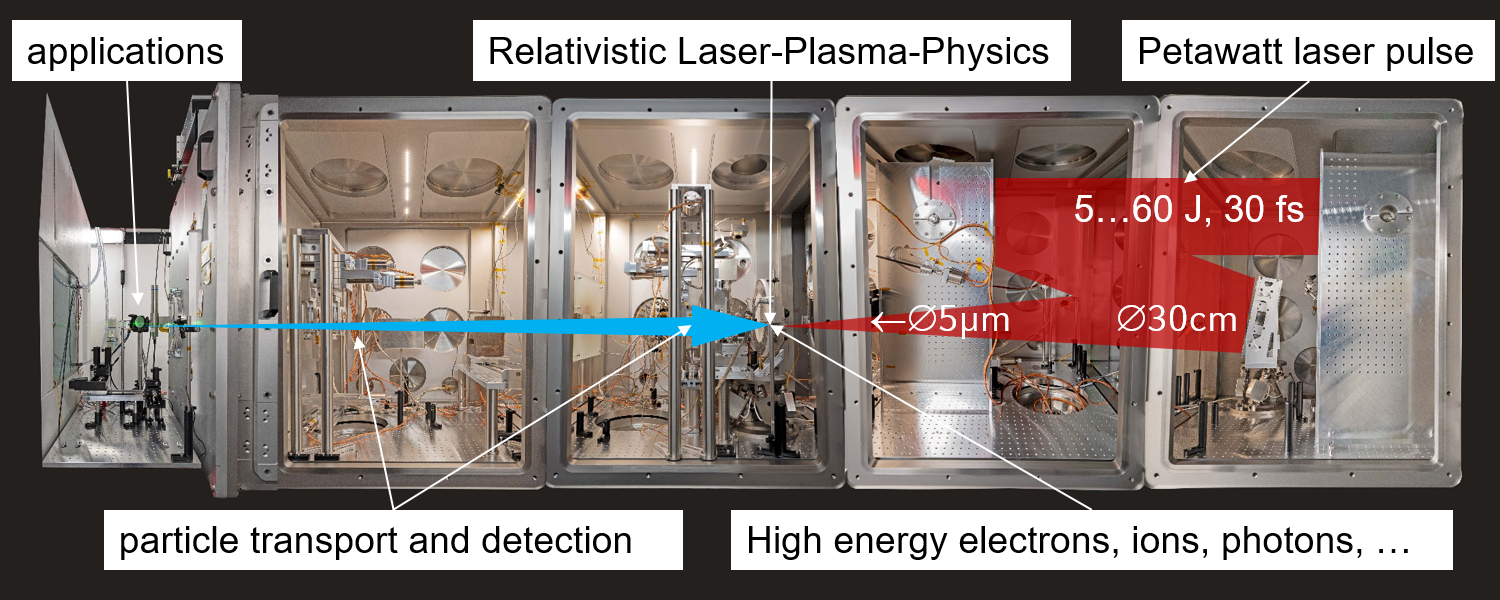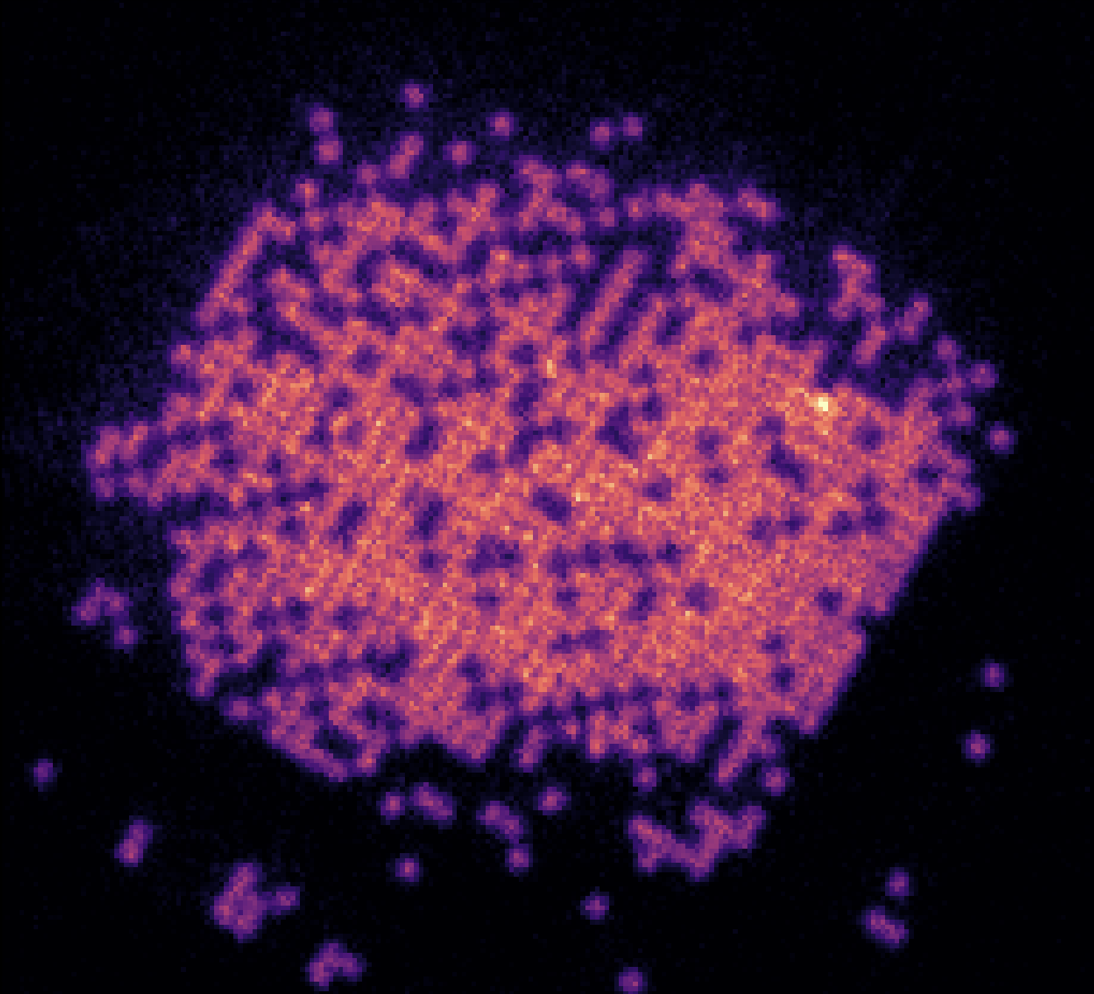Coherence is essential for superposition and thus
effectively all quantum effects.
This seminar is discussing experiments revealing the different effects of
coherence of a light beam, of single and multiple photons, or of processes, as
well as the emerging entanglement and its application in quantum information.
- Teacher: Harald Weinfurter
This lecture provides an introduction to quantum
communication methods.
Starting from Quantum Key Distribution the course gives an overview of
the different methods like quantum teleportation and entanglement swapping
all the way to the design of efficient communication within a quantum network.
The course introduces the basic theoretical concepts as well as the various
tools
and developments necessary to implement the new methods in real world
scenarios.
- Teacher: Harald Weinfurter
- Teacher: Nicholas Karpowicz
- Teacher: Sergio Revuelta
- Teacher: Benedict Röcken
This advanced course explores the fascinating world of attosecond physics, where we study and control electron dynamics on their natural timescale. The course covers fundamental concepts of ultrafast laser physics, high-harmonic generation, attosecond pulse generation and measurement, and applications in atomic, molecular, and solid-state physics.
This course is also an educational experiment that combines traditional physics instruction with cutting-edge AI tools to create a more personalized and engaging learning experience. Students will learn not only the physics but also develop crucial skills for the AI era: how to effectively combine human reasoning with AI assistance, how to critically evaluate AI-generated content, and how to leverage AI tools for scientific exploration while maintaining rigorous physical understanding.
The course features brief introductory lectures followed by AI-enhanced independent learning and interactive problem-solving sessions. Students will work both individually and in small groups, applying their knowledge to problems in attosecond physics. This format allows for personalized learning paths while ensuring thorough understanding of the underlying physics through peer discussion and instructor guidance.
This course is particularly suitable for students interested in pursuing research in ultrafast and attosecond physics, quantum dynamics, or related fields. Prior knowledge of quantum mechanics and electrodynamics is required.
Please note: This is an experimental course format. Students should be prepared to actively engage in shaping their learning experience and provide feedback to help optimize this teaching approach.

- Teacher: Vladislav Yakovlev
- Teacher: Stefan Karsch
- Teacher: Felipe Pena Asmus
- Teacher: Sanchita Sharan
In this lecture, we will cover a variety of topics related with the interaction of different quantum degrees of freedom. The lecture builds on the description of the quantized electromagnetic field covered in Quantum Optics 1, but goes significantly beyond the topics covered there. In particular, you will learn about the description and effects occuring when light couples to individual quantum particles or ensembles of particles, including the description of internal and external degrees of freedom.
The building blocks discussed in this lecture span a wide range of topics relevant for modern experimental quantum physics, and form the basis of a number of important technological applications including atomic clocks, quantum sensors or quantum computers.
The course requires some basic knowledge of quantum mechanics. Atomic physics and quantum optics 1 are helpful for the general background, but necessary concepts will be introduced in the lecture where needed.
- Teacher: Kevin Mours
- Teacher: Hendrik Timme
- Teacher: Johannes Zeiher
At LMU's Centre for Advanced Laser Applications, we amplify femtosecond laser pulses to exceed 1 petawatt of peak power. Focusing the 30 cm-wide beam onto a 5 µm spot achieves an unprecedented light intensity of 10²² W/cm². This corresponds to an electric field exceeding 10¹⁴ V/m—far beyond many fundamental field strengths in physics. For comparison:
- The electric field binding an electron in hydrogen is ~10¹¹ V/m.
- A field of 10¹² V/m can accelerate a free electron to 70% of the speed of light within half a micron.
- A field of 10¹⁵ V/m can accelerate a proton to 70% of the speed of light within one micron.
- The Schwinger field, which binds virtual electron-positron pairs in the quantum vacuum, reaches 10¹⁸ V/m.
This course explores the rich, complex, and often surprising physics of particle acceleration in relativistic plasmas, with a particular focus on laser-ion (LION) acceleration. We will also discuss real-world applications, including how ultra-short, intense, and mutually synchronous ion, electron, and photon pulses are revolutionizing medical physics research and improve our understanding of interaction of ionizing radiation with matter.
This lecture is designed for Physics Bachelor’s and Master’s students but does not count toward the specialized Medical Physics program.

- Teacher: Jörg Schreiber
This course covers applications of ultracold neutral atoms for quantum
technologies, with the main focus on quantum simulation and quantum
computation. Atoms provide many opportunities for the realization of
high-fidelity qubits across different energy scales, ranging from the
microwave to the optical domain. Laser cooling techniques allow us to
efficiently cool the atoms to extremely low temperatures, so that atoms
can be trapped in optical potentials generated with laser beams. The
high degree of control that has been achieved, for instance, led to the
development of the world’s best clocks. In this course we will introduce
fundamental concepts and experimental techniques needed to prepare,
manipulate and detect cold neutral atoms in optical arrays. We will
discuss how interactions between atoms can be engineered to realize
few-qubit gates to build a universal quantum computer. Moreover, the
interaction between and the dynamics of many particles in optical arrays
naturally enable analog quantum simulations of complex many-body
systems, ranging from condensed matter to statistical physics and
high-energy physics.

- Teacher: Daniel Adler
- Teacher: Monika Aidelsburger
- Teacher: Christoph Braun
- Teacher: Jacopo De Santis